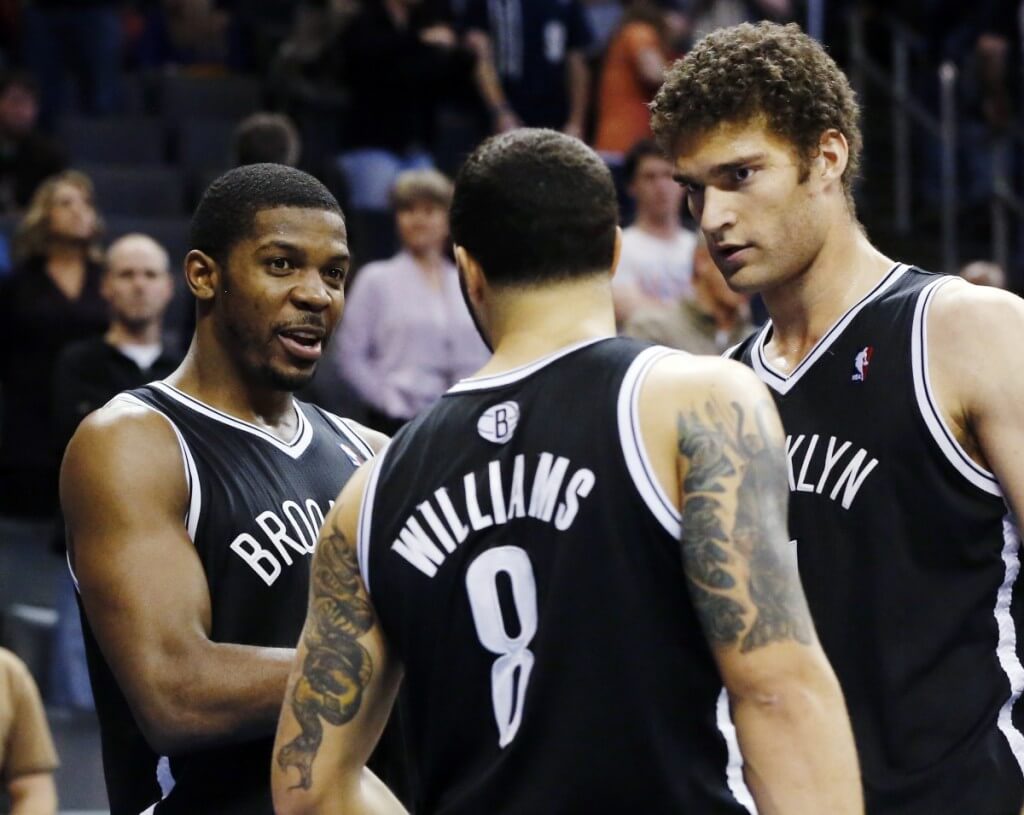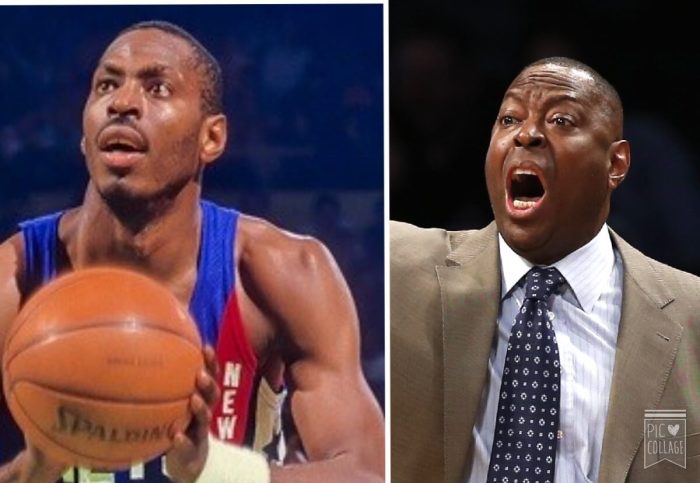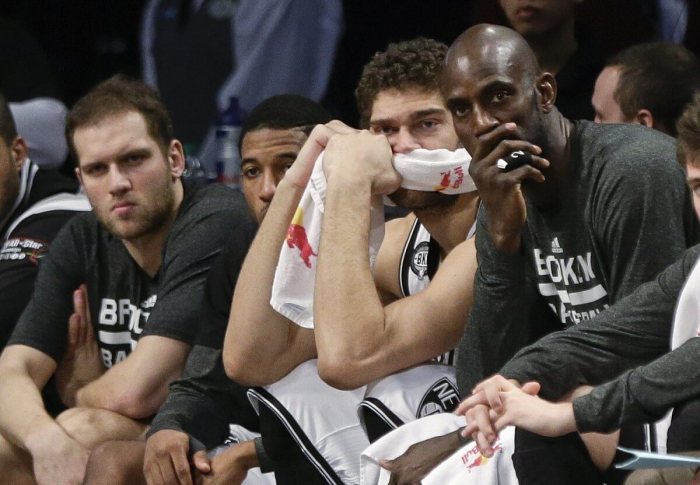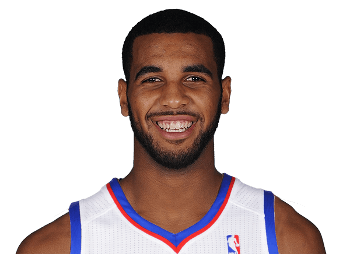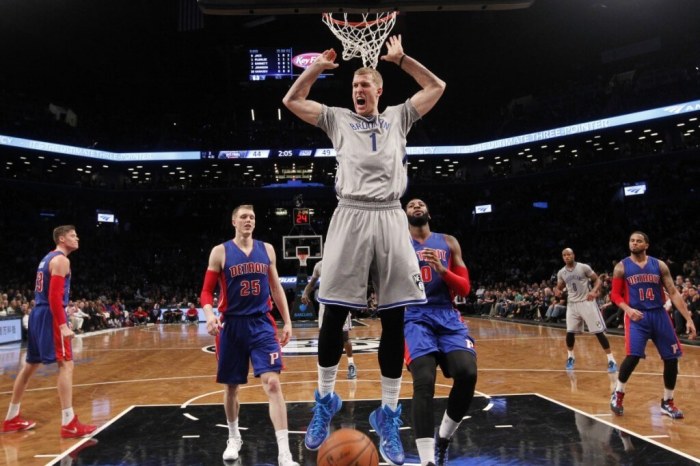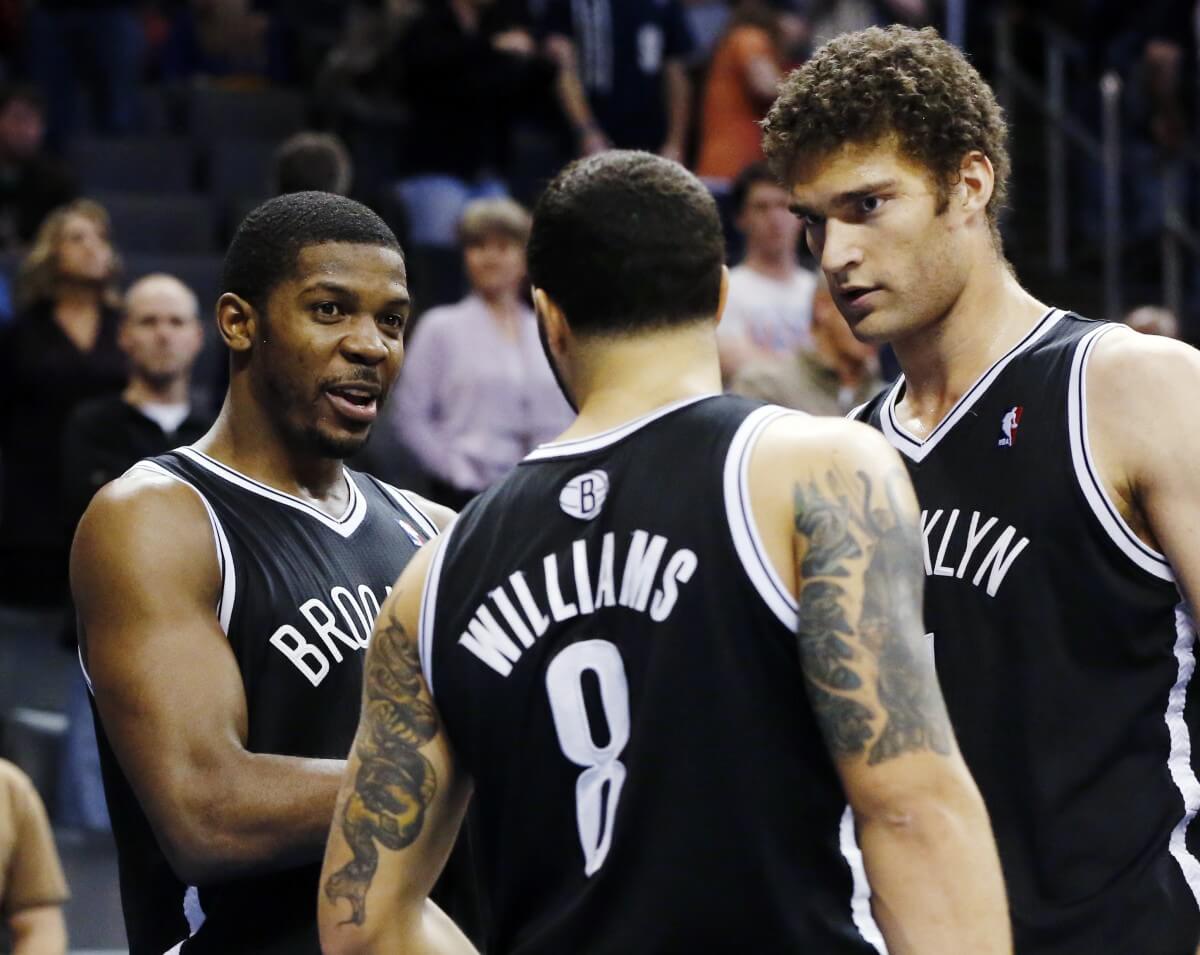
They know it. You know it. Your aunt who doesn’t know what basketball is and just wanted to talk about the Christmas sweater she knitted you, she knows it. The rest of the NBA knows it. They’re on the block.
But the problem is that the Nets have been far better with each of their “Big 3” producing on the court, and if they ship away one or more at the reduced price they’ll net, they’ll most likely spiral their season, giving away what could become a top-ten draft pick to the Atlanta Hawks.
That may not be a problem at all for the Nets front office. The Nets are years away from championship contention as is, and might just be happy cutting costs for the future and punting this season entirely.
That’s also not to say the team’s Big 3 don’t contribute to the team’s unwatchability. Joe Johnson, despite having the team’s best on-off court numbers (by a long shot), goes into autopilot just to preserve his body, which is now averaging 39 minutes played per game in January. Brook Lopez’s ball-dominant, pass-averse post game leaves the Nets offense stilted when he’s not scoring.
But for a team that’s already difficult to watch for long stretches, cutting their best players loose might send this team into complete NBA oblivion. To get worse only makes it more difficult for this team to draw fans, already a difficult proposition at this point, and only makes the Eastern Conference-best Hawks — who own the right to swap first-round picks with the Nets, thanks to the Johnson trade — get better and better.
That’s the dirty little secret about the state of the Nets-Knicks “rivalry.” Both teams are going nowhere this season, but at least the Knicks have a draft pick, making their losses valuable. Granted, they’re also locked into Carmelo Anthony’s five-year contract, which will pay him $27 million when he’s 34. But he’s also their only commitment over $8 million after this season, and every game they lose gets them closer to a blue-chip prospect, and space to sign free agents. The Nets will still butt heads with the salary cap even if they cut $20 million off their books in the next month, leaving them with close to zero flexibility this offseason even if they somehow trade two of their Big 3. Every game the Nets lose, is, well, just another loss.
Johnson is the least likely Nets player to be traded. His contract is the most onerous of the three to fit into a deal, but he’s also the one providing the most value on the floor. The team’s offense falls off a cliff when he leaves the game, and even when he’s at half-attention, he’s their most talented wing scorer by a Little Rock mile. The Nets offense is at its best with him on the floor, particularly when he’s paired with Deron Williams — when he’s paired with Jarrett Jack, things start to sputter:
Williams is literally unwatchable, in that he’s not playing. But the team’s been worse for his loss: outside of one atypical victory over the Washington Wizards Friday night, the Nets have lost every game since Williams went down with his latest injury, a fracture to the cartilage portion of his lower 12th rib. He has not participated in practice since then and will be re-evaluated Wednesday, though reports from Monday’s Nets practice indicated Williams started shooting.
The Nets are 3-6 when Williams sits this season, with only one win over a team with a winning record. Since Williams joined the Nets, they are 122-119 when he plays, and 17-38 when he sits.
Even before he went down with his latest setback, coach Lionel Hollins swapped Williams for Jack in the starting lineup, hoping to “balance” his lineup after seeing the Nets surge in first quarters (with Williams) and stumble in the second (with Jack). The problem there seems self-explanatory.
Jack has had some nice games in a Nets uniform, putting up 20 points in each of the past two games and playing well in early spurts where he looks to distribute the ball.
But overall, it’s been brutal: Jack has shot just 11-64 from three-point range this season, the team averages 15.2 turnovers per 48 minutest with Jack on the floor (the worst of any Nets rotation player), and scores 96.8 points per 100 possessions with him leading the charge, tied with Alan Anderson for the lowest among rotation players.
Jack is the central prong in Brooklyn’s mid-range attack. He has shot a career-best 45.9 percent from mid-range this season, many of them tough, contested looks. While it’s possible Jack has evolved drastically at 31, he’s also fallen off after a red-hot start to the season, as his field goal percentage and true shooting percentage have both steadily declined each month of the year.
This is not to say that Jack is the worst player on the team, as he’s developed a nice chemistry with big man Mason Plumlee. But the drop-off from Deron Williams to Jarrett Jack is as steep as the drop-off from Jack to Darius Morris, their third-string point guard. It’s unlikely that the Nets would get a starting-quality point guard in return without including Mason Plumlee in any deal, a non-starter for the Nets.
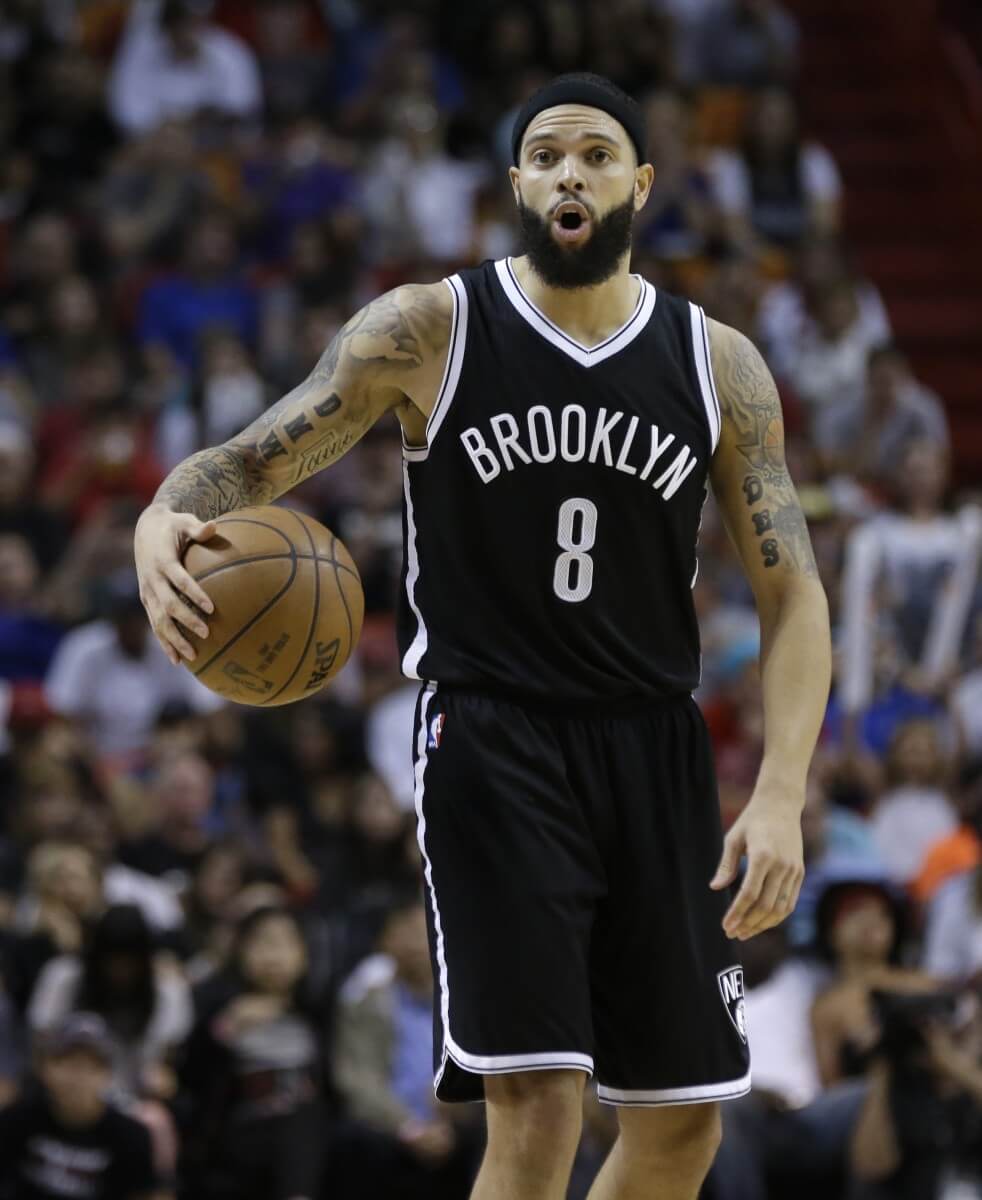
But while he is no longer the elite point guard that led a 50-win Western Conference squad, he’s also not a complete on-court non-entity.
Again: Williams is hardly a superstar. He’s not even an All-Star. He’s a serviceable point guard on a bloated contract, who’s had to adjust his game to his own aching, aging body. His real plus-minus, which adjusts for the ability of teammates and opponents, as well as other factors like home-court advantage, is right around the middle among NBA point guards, according to ESPN.
But Jack’s real plus-minus is third-to-last among 80 point guards, ahead of two rookies, and 447th among the 457 players who have donned an NBA uniform this season. The team’s struggles in the past two weeks are indicative of what they’re missing in Williams: a distribute-first floor-spacer that can limit turnovers. If he returns healthy — as big an if as there ever was — his diving trade value might only serve to help the team this season, and perhaps gear them for an offseason deal, when they’ll be better-suited to reset.
RELATED INFOGRAPHIC: Deron Williams’s Many Nets Injuries
Lopez is the most expendable, thanks to Mason Plumlee’s emergence as a legitimate NBA center and Lopez’s relatively[note]Compared to the GDP of Tuvalu[/note] small contract: he can technically opt out after this season to seek long-term security. He’s averaged 15.3 points and 7.2 rebounds in 25 minutes per game over 10 games in January, improved numbers across the board from even his career averages. His resurgence led the Nets to spurn Oklahoma City’s salary-dump deal for Kendrick Perkins and Jeremy Lamb. Their best hope is a trade deadline bidding war, one that spooks a team into giving away a blue-chip prospect who’s under contract beyond this season.
The Nets have painted themselves into a corner where they may have to make a move by the trade deadline. It’s inevitable, and dangerous. If they make a deal just to make one, they’ll cut costs, but they’ll also cut the little talent they have left on the roster.

